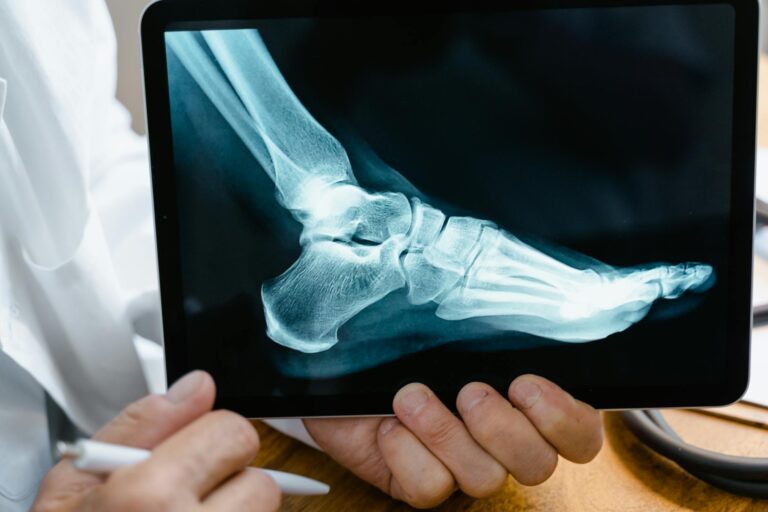23andMe’s Big Sale – Delete Your Data Before It’s Too Late!
Okay, so you remember that time you spat into a tube and sent it off to find out if you’re 2% Viking or something? Yeah, about that—23andMe, the company behind those ancestry reports, just went bankrupt. And guess who bought them? A big pharma company. Not exactly comforting, right? About 15% of users have already yanked their genetic data out. Here’s why you might wanna do the same—and how to do it before your DNA becomes some corporate spreadsheet.
Why You Should Delete Your 23andMe Data Now
1. Privacy Risks After the Acquisition
Let’s be honest—pharma companies don’t spend millions on genetic data just because they’re curious about your great-grandma’s origins. They want research material. Profit potential. And who knows what else? Worse, new owners often mean new privacy policies—or worse security. Remember that massive 2023 hack where 6.9 million users’ data got leaked? Yeah. Not a fan of reruns.
2. Legal and Ethical Concerns
23andMe used to promise they wouldn’t sell your data without asking. But now? Who knows. Law enforcement already uses these databases to solve crimes—which, okay, cool, but shouldn’t that be opt-in? And if insurance companies ever get their hands on your genetic risks? Good luck with those premiums. Your DNA shouldn’t be traded like a stock.
How to Delete Your 23andMe Data – Step-by-Step Guide
1. Log Into Your 23andMe Account
First, go to 23andMe’s website, click “Sign In,” and punch in your email and password. Pro tip: Do this on a desktop. The mobile site likes to hide things.
2. Access Account Settings
Click your profile icon (top right corner) → then hit “Settings.” Look for “23andMe Data” or “Privacy & Sharing.” That’s where the magic happens.
3. Request Data Deletion
Under “Account,” find “Delete Your Data.” Brace yourself—they’ll try to guilt-trip you with “Are you sure?” messages. Confirm, and if they ask, check your email to verify.
4. Verify Deletion
You should get an email saying something like, “Goodbye, your data is gone.” Just to be safe, try logging in again. If it doesn’t work, congrats—you’re officially off the grid.
What to Do If You Can’t Delete Your Data
If the website’s giving you the silent treatment, email support at privacy@23andme.com. Still nothing? File a complaint with the FTC (if you’re in the U.S.) or your local GDPR watchdog (if you’re in the EU).
Alternatives to Deleting Your Data
1. Download Your Data First
Before you nuke everything, go to Settings and click “Download Your Data.” You’ll get a .zip file with all your genetic info. Stick it on an encrypted drive—not just sitting on your desktop next to your vacation pics.
2. Opt Out of Research Sharing
Under “Privacy Preferences,” switch off “Research Participation.” Heads up, though—if your data’s already in a study, they’re keeping it. No take-backs.
Frequently Asked Questions (FAQs)
Will deleting my data stop it from being used in past research?
Nope. If you said yes before, that data’s already out there. Deleting just stops future use.
Can I recover my data after deletion?
Nah. It’s gone for good. So download it first if you think you might want it later.
What happens if I don’t delete my data?
It stays with 23andMe—well, now the pharma company that owns them. And who knows what their privacy policy will look like.
Is my data still safe if I don’t delete it?
“Safe” is a strong word. The new owners say they’ll protect it, but let’s be real—data breaches happen all the time. Your call.
Conclusion
Your genetic data isn’t like a password you can just reset. It’s literally you. With 23andMe’s sale, the clock’s ticking to get your DNA out of corporate hands. Whether you delete everything or just opt out, do something now. Because in this data-hungry world, your genes shouldn’t be up for sale.
Source: ZDNet – Security












